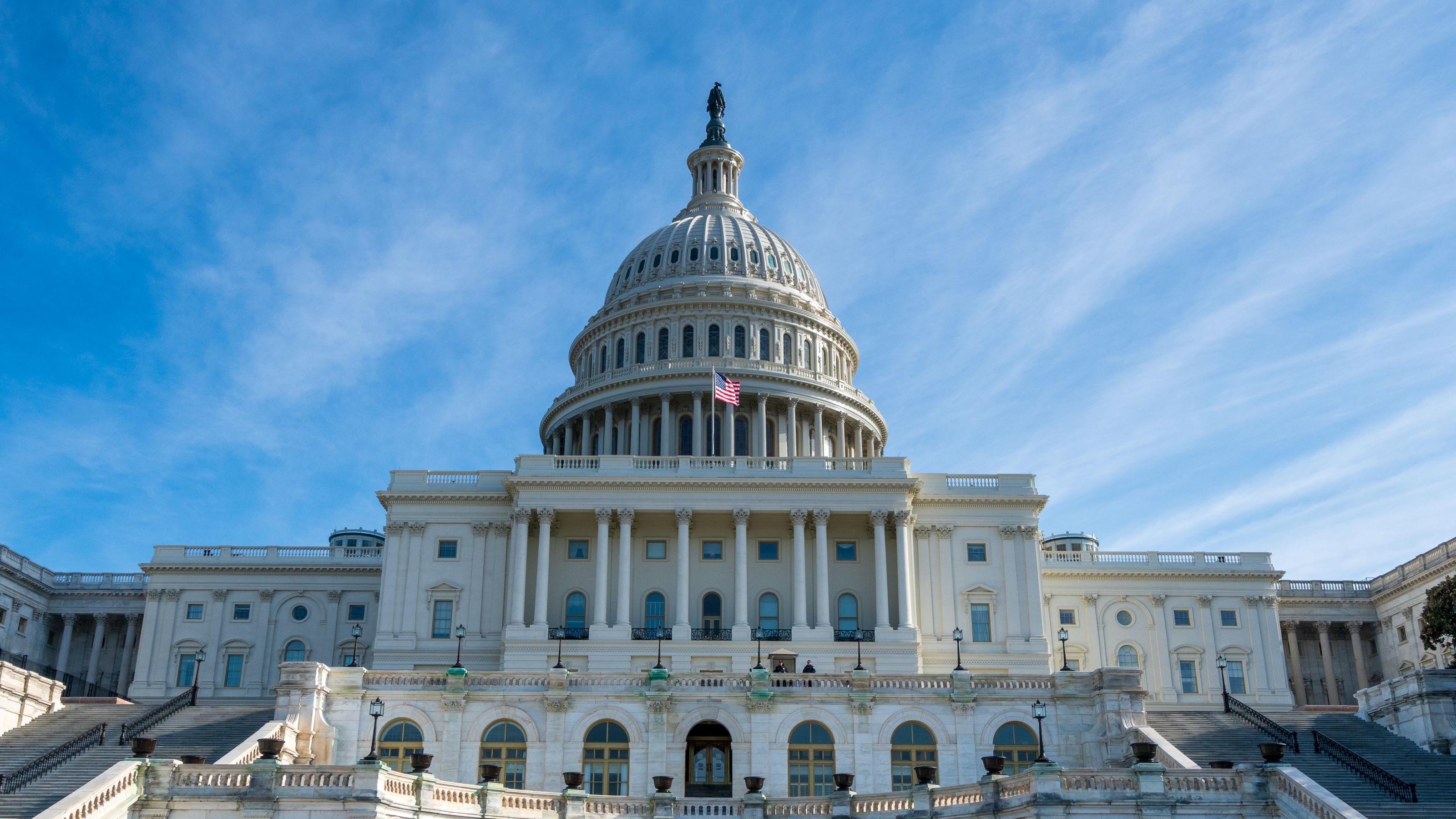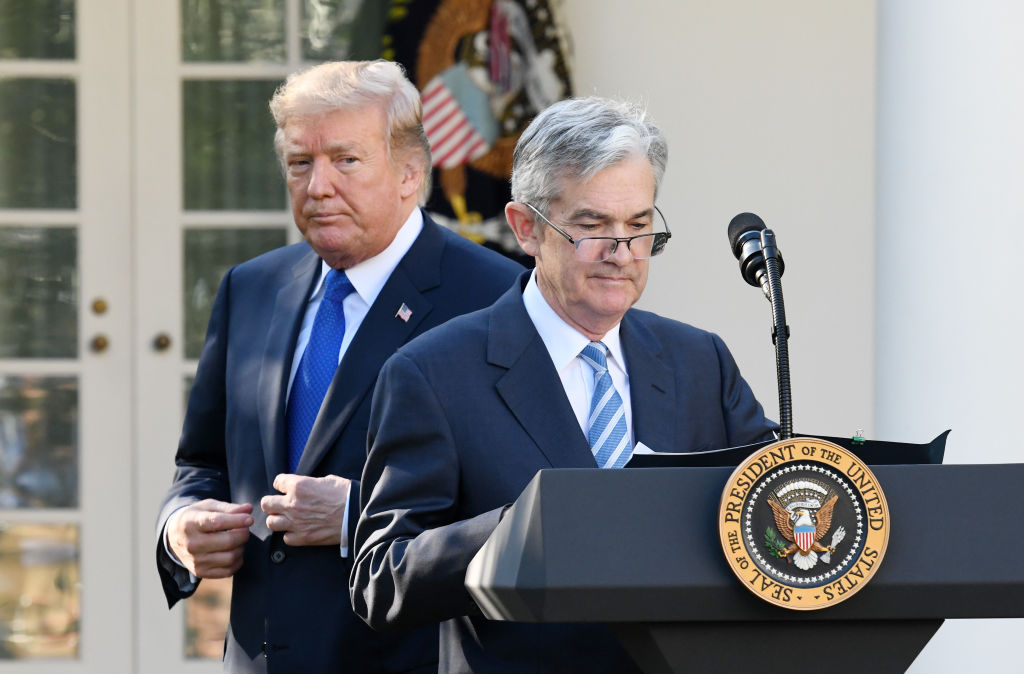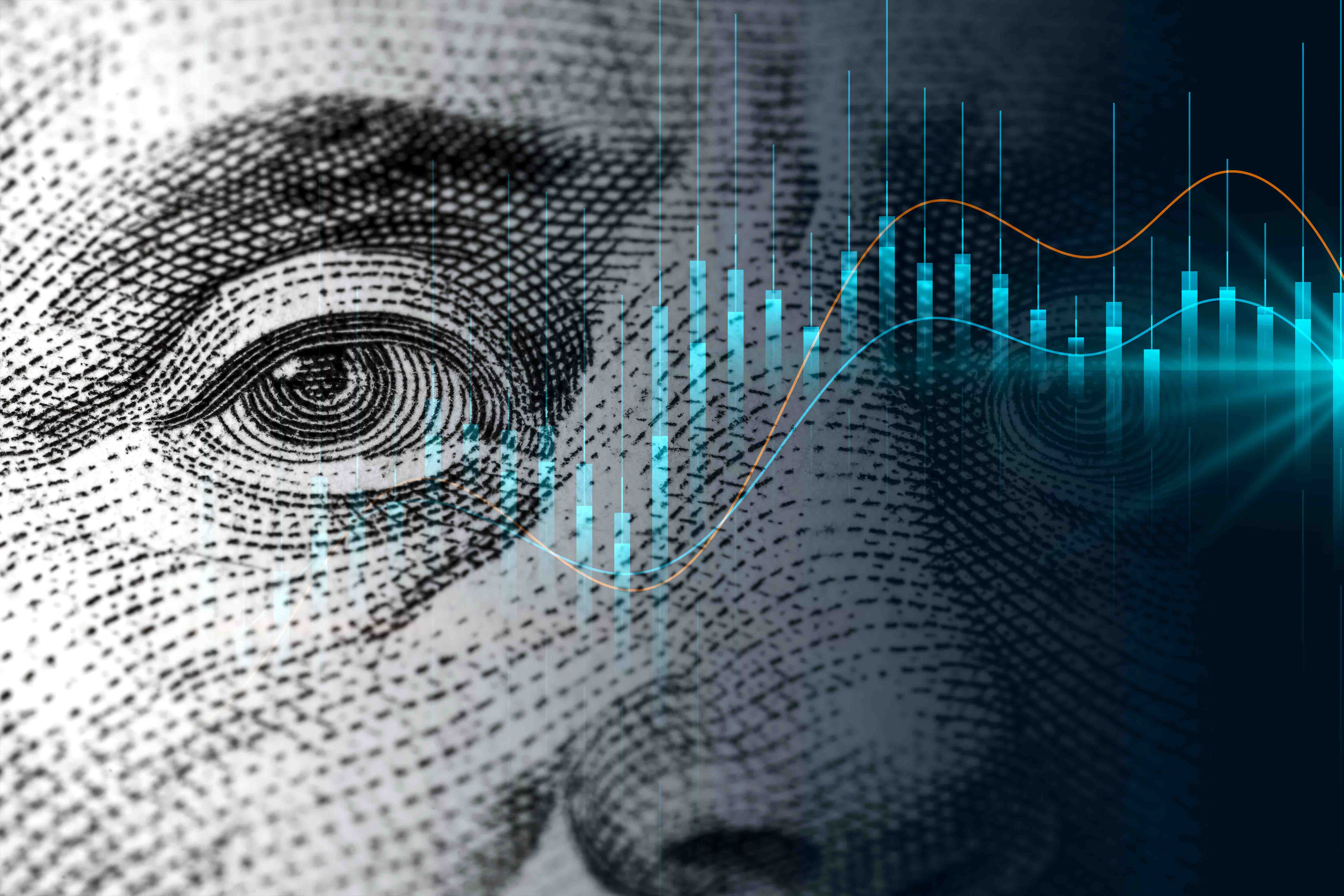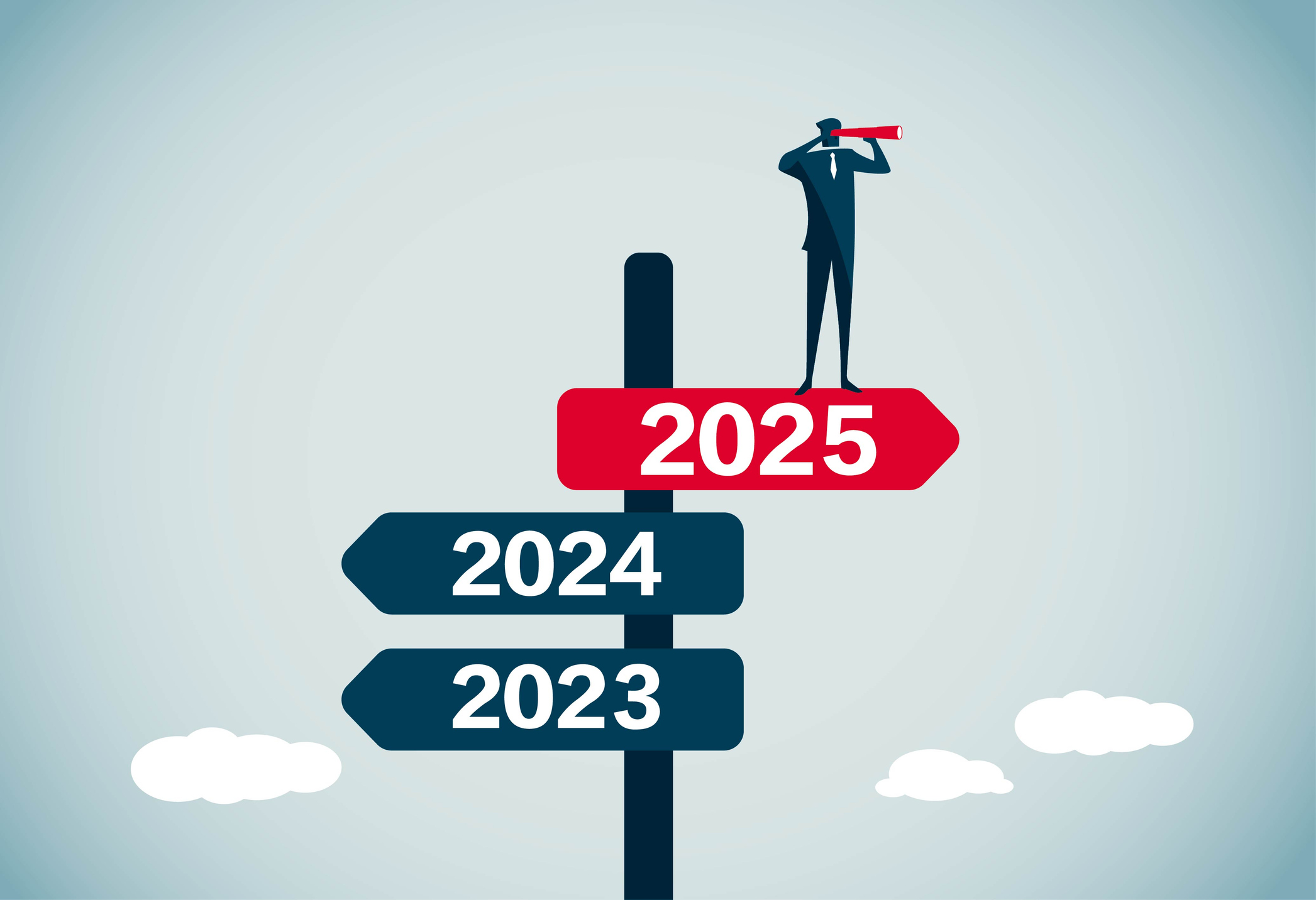When Will Interest Rates Head Up?
The Fed is keeping yields artificially low and shows no signs of changing course.

The question on just about every bond investor's mind is simply this: When will interest rates rise? With rates on most types of debt near record lows, it seems that rates have nowhere to go but up. That would send bond prices down. And with yields at such depressed levels, the amount that investors stand to lose from a jump in rates has grown (the lower a bond's yield falls, the more it will lose in price from a rise in rates).
The Federal Reserve, under chairman Ben Bernanke, is holding rates down two ways. It is keeping short-term rates near zero by targeting the federal funds rate, the rate at which banks lend money to one another overnight. And it is holding down long-term rates through monthly purchases of $85 billion worth of Treasuries and mortgage-backed securities. The Fed's actions have driven investors to look further afield for income, which has in turn pushed down rates on everything from junk bonds to municipal bonds.
It's impossible to say where rates would be now in the absence of Fed manipulation. Over the past 50 years, the benchmark ten-year Treasury bond has yielded an average of 2.5 percentage points more than the inflation rate. Interest rates on Treasury inflation-protected securities show that investors expect consumer prices to rise an average of 2.5% a year over the next decade, suggesting that the ten-year Treasury, which yielded 1.7% in early April, should yield about 5%.

Sign up for Kiplinger’s Free E-Newsletters
Profit and prosper with the best of expert advice on investing, taxes, retirement, personal finance and more - straight to your e-mail.
Profit and prosper with the best of expert advice - straight to your e-mail.
Thankfully, rates won't be rising to 5% tomorrow (or this year, or likely even next year). The Fed has consistently signaled that it plans not to raise rates until the economy improves significantly. Bernanke recently reaffirmed that the central bank won’t increase short-term rates before the jobless rate drops to 6.5% (it is currently 7.7%) or inflation expectations rise to greater than 2.5%.
And although Bernanke has said the Fed will stop its long-term bond purchases before it raises short-term rates (which could cause long-term yields to rise even as short-term rates stay put), the end of its bond-buying spree could still be years away. In a late-March press conference, Bernanke noted that the Fed's bond purchases seem to be helping the economy and have done so without creating any major risks so far. Moreover, the Fed has signaled that it will vary or taper its purchases before it ends them outright. All of this suggests that the Fed isn't seriously considering allowing long-term rates to rise yet, and that any rise may be slow in coming. (Kiplinger's expects the yield on ten-year Treasuries to tick up to 2.25% by the end of 2013.)
Timing will be tricky. Investors hoping to bail out of bonds before interest rates start rising in earnest will have a difficult task in getting their timing right because of the slow-moving nature of the economic improvement that the Fed awaits. “Most of the factors that drive U.S. interest rates are long in nature and slow in coming,” says Guy LeBas, chief fixed-income strategist for brokerage firm Janney Montgomery Scott. Your best approach may simply be to watch the Fed itself for signs that it is winding down its bond-buying program.
[EMBED TYPE=POLL ID=22730]
Eventually, rising rates will drive losses -- albeit not catastrophic losses -- for many bond funds. (If you hold individual bonds until maturity, you'll get back your principal, assuming the issuer doesn't fail.) But eventually could prove a long time to wait in safe short-term investments that yield nothing. If you want more income today, you'll have to assume the risks that accompany the kinds of investments we describe in this month's cover story.
Get Kiplinger Today newsletter — free
Profit and prosper with the best of Kiplinger's advice on investing, taxes, retirement, personal finance and much more. Delivered daily. Enter your email in the box and click Sign Me Up.

-
 Trump’s Tax Cut Risks Your SNAP, Medicaid Benefits
Trump’s Tax Cut Risks Your SNAP, Medicaid BenefitsTax Cuts The GOP budget blueprint could slash lifesaving programs for millions of U.S. households.
By Gabriella Cruz-Martínez
-
 Can Trump Fire Powell? A Supreme Court Case Could Decide
Can Trump Fire Powell? A Supreme Court Case Could DecidePresidential posts threaten to overwhelm decades of precedent and tradition, whatever the nine justices decide.
By David Dittman
-
 The Economic Impact of the US-China Trade War
The Economic Impact of the US-China Trade WarThe Letter The US-China trade war will impact US consumers and business. The decoupling process could be messy.
By David Payne
-
 What DOGE is Doing Now
What DOGE is Doing NowThe Kiplinger Letter As Musk's DOGE pursues its ambitious agenda, uncertainty and legal challenges are mounting — causing frustration for Trump.
By Matthew Housiaux
-
 A Move Away From Free Trade
A Move Away From Free TradeThe Letter President Trump says long-term gain will be worth short-term pain, but the pain could be significant this year.
By David Payne
-
 Trump’s Whirlwind Month of Crypto Moves
Trump’s Whirlwind Month of Crypto MovesThe Kiplinger Letter The Trump administration wants to strengthen U.S. leadership in the cryptocurrency industry by providing regulatory clarity.
By Rodrigo Sermeño
-
 What Could Derail the Economy This Year?
What Could Derail the Economy This Year?The Letter While the outlook for the U.S. economy is mostly favorable, there are plenty of risks that bear watching.
By David Payne
-
 Three Ways President Trump Could Impact the Economy
Three Ways President Trump Could Impact the EconomyThe Letter Some of Trump's top priorities could boost economic growth, but others risk fueling inflation.
By David Payne
-
 10 Predictions for 2025 from The Kiplinger Letter
10 Predictions for 2025 from The Kiplinger LetterThe Kiplinger Letter As 2025 arrives, here are our top 10 forecasts for the new year.
By Letter Editors
-
 Europe Faces Economic and Political Headwinds Next Year
Europe Faces Economic and Political Headwinds Next YearThe Letter Challenges for Europe: Potential tariffs, high energy prices and more competition from China will weigh on the bloc in 2025.
By Rodrigo Sermeño